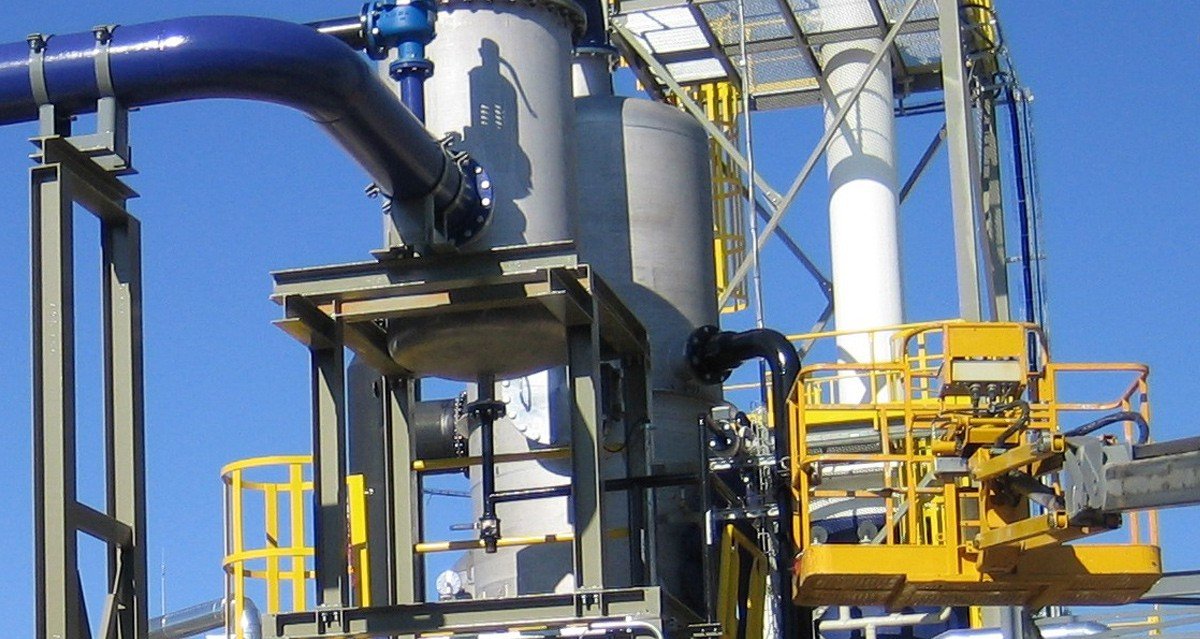
Evapoxidation is a specific technology applied in waste water treatment. Water pollutants are divided in two streams by flash vaporization. Water steam and light compounds in gas phase are then treated by thermal oxidation.
Evapoxidation is especially recommended to increase the capacity of waste treatment companies. It provides a solution to reduce operational costs compared to conventional techniques, for example physical and chemical water treatment.
Adequate waste to be treated by this technology is organic water (no halogen organic compounds) with or without salts and inorganic compounds containing nitrogen and/or sulphur, with Low Heating Value, non-flammable and with high COD values.
Main features:
Evapoxidation consists on a partial evaporation of volatile compounds at slightly higher than atmospheric pressure. This allows the separation in two phases.
Gas Phase contains vapour and volatile organic compounds. Liquid phase contains salts and heavy organic matter. Average separation rate is around 90:10, reducing ten times the quantity of waste.
By another course, vapours are treated in a thermal oxidizer at 850 ºC, with auxiliary fuel, (natural gas, diesel fuel or even a waste fuel…).
Exhaust gases at high temperature are used to produce heat, which can be used in the same process or any other plant energy necessity.
If necessary, gas scrubber or any other technology can be integrated with evapoxidation to meet with emissions legal standards.
Main features:
